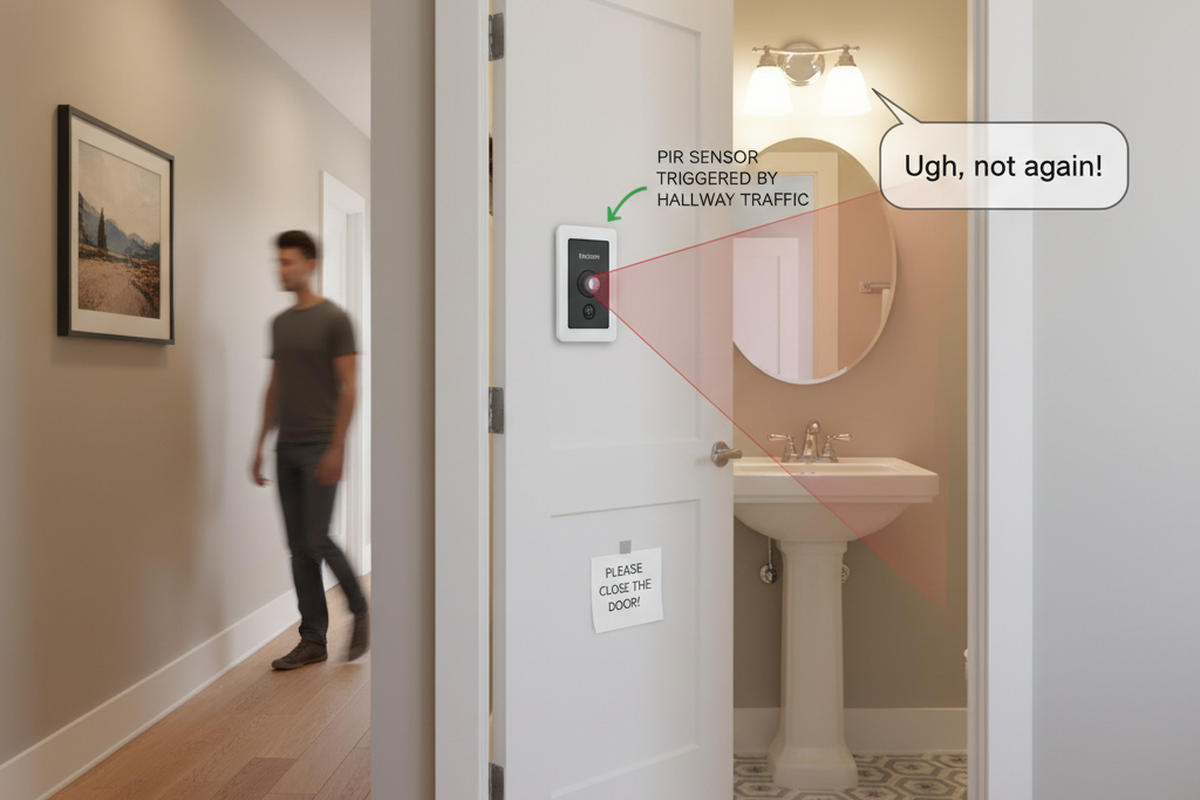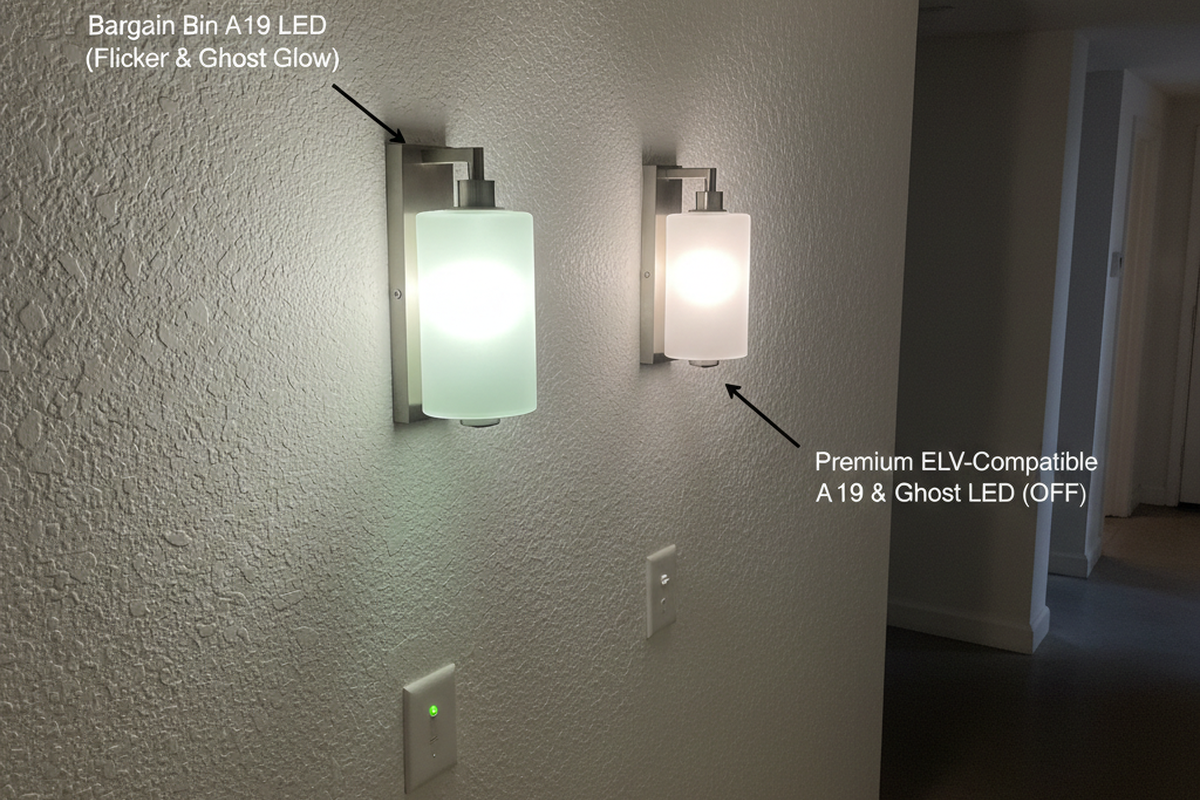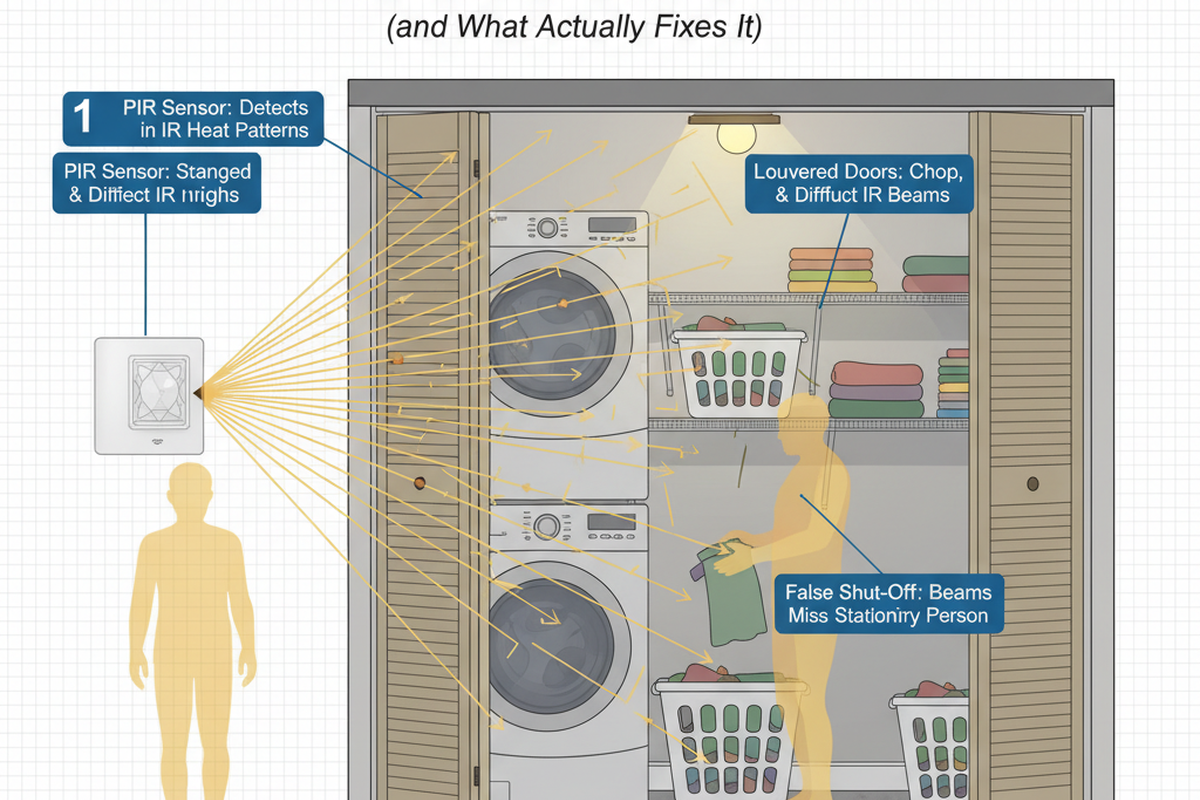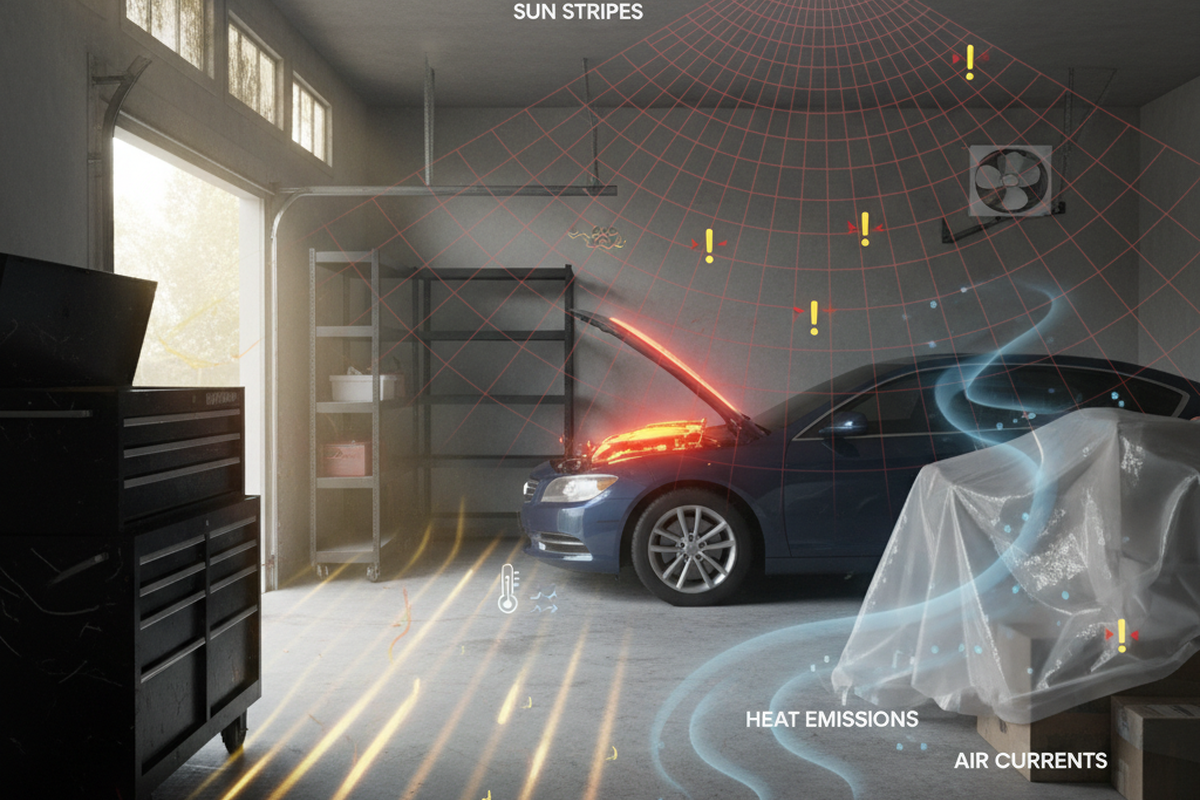What is HEV Light
High Energy Visible (HEV) light or blue light, refers to a specific range of wavelengths in the electromagnetic spectrum, typically ranging from 380 to 500 nanometers. It is characterized by its blue to purple color and is located next to UV radiation in the light spectrum.
HEV light is emitted by both natural sources, such as the sun, and artificial sources, including LED lights, computer screens, and digital electronic devices. While UV radiation has long been recognized for its potential harm to the eyes and skin, the significance of HEV light was initially overlooked. However, recent research has shed light on the potential negative impacts of HEV light exposure.
Looking For Motion-Activated Energy-Saving Solutions?
Contact us for complete PIR motion sensors, motion-activated energy-saving products, motion sensor switches, and Occupancy/Vacancy commercial solutions.
Excessive exposure to HEV light, particularly from artificial sources, has been associated with various eye conditions and discomfort. It has been linked to an increased risk of cataracts and retinal conditions, such as macular degeneration. Additionally, prolonged exposure to blue light can lead to visual fatigue, digital eye strain, and disruptions in the circadian rhythm, which can affect sleep patterns.
Maybe You Are Interested In
In response to these concerns, there have been developments in the industry to mitigate the potential harm of HEV light. For instance, specialized dyes, often referred to as “blue blockers,” have been developed to effectively absorb HEV light. These dyes can be used in the production of sun lenses or filter formulations to provide protection against HEV light.



























